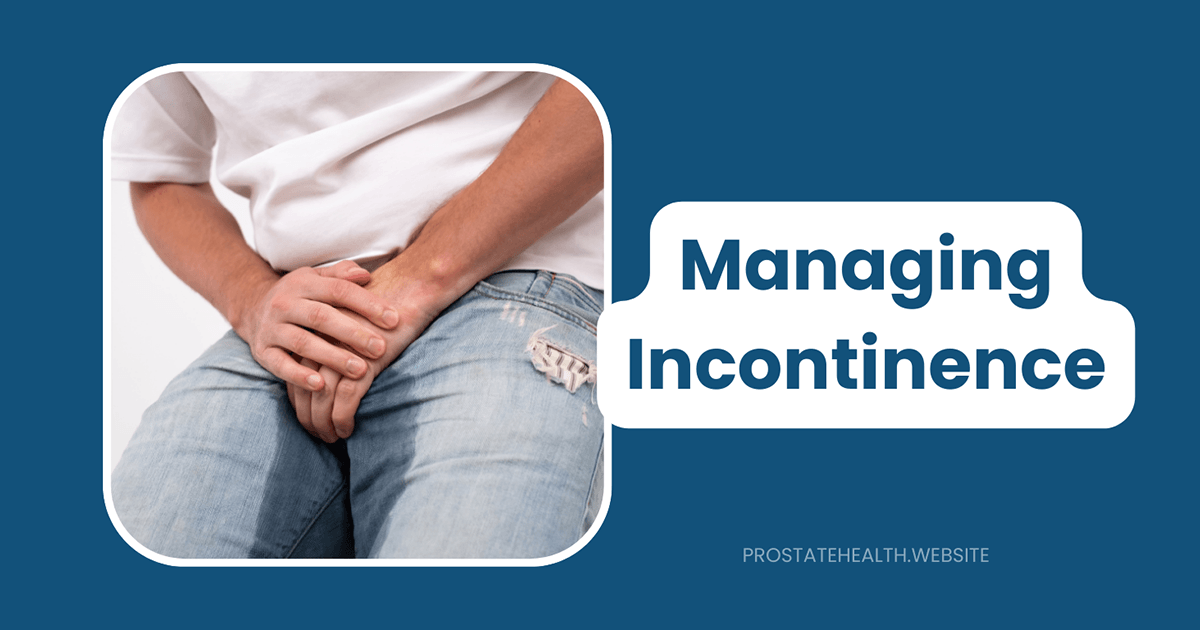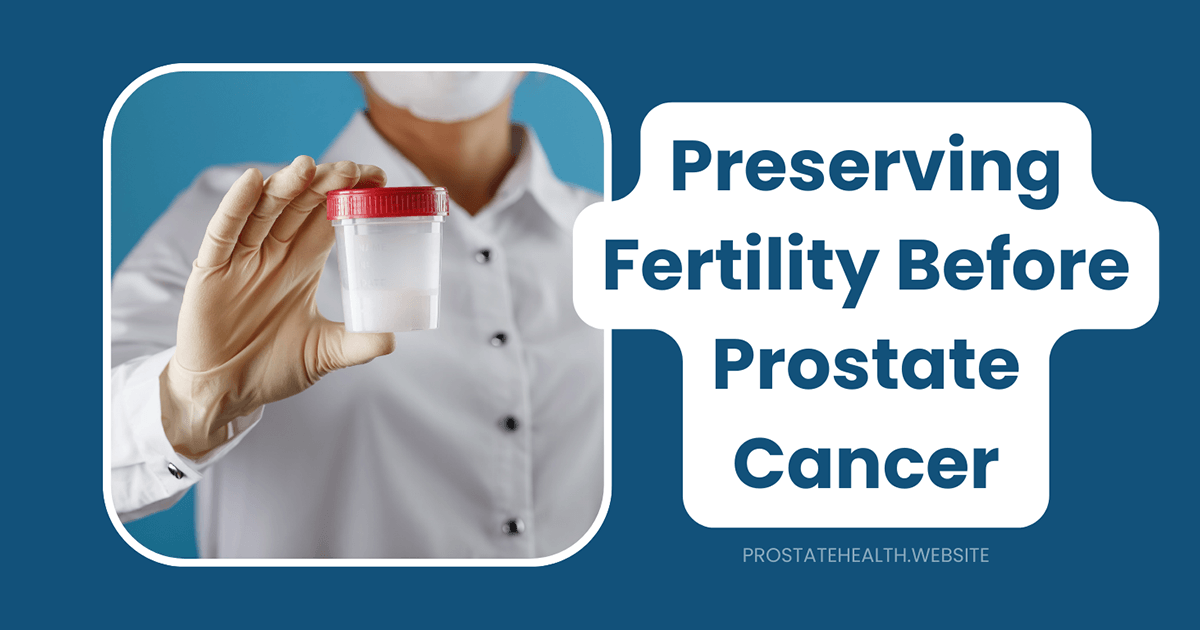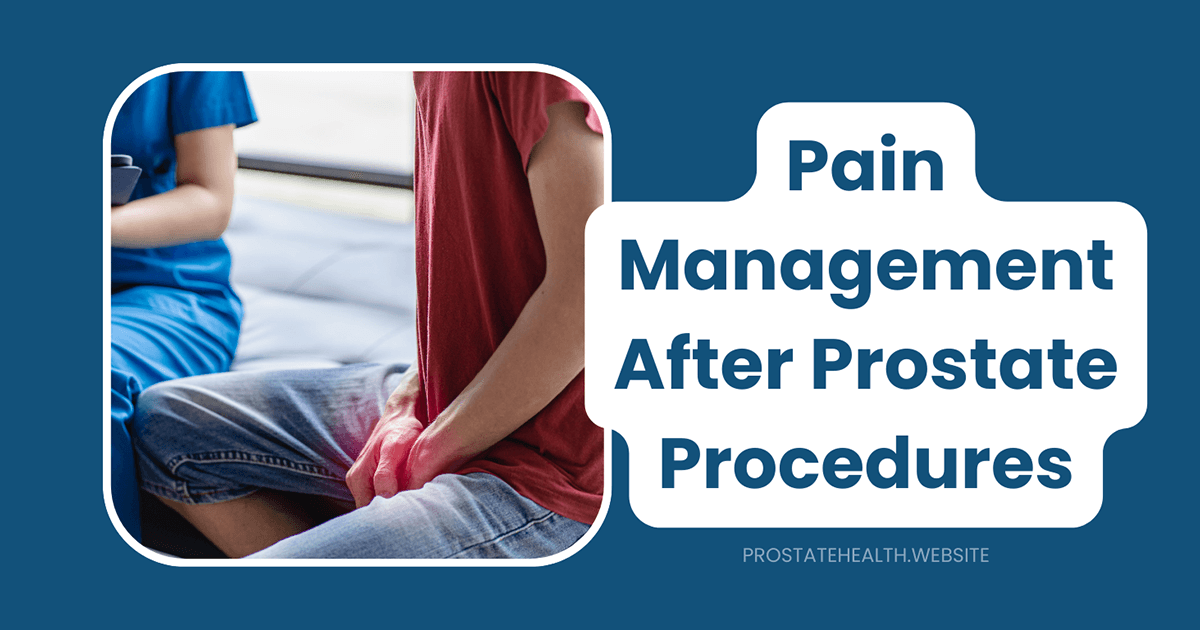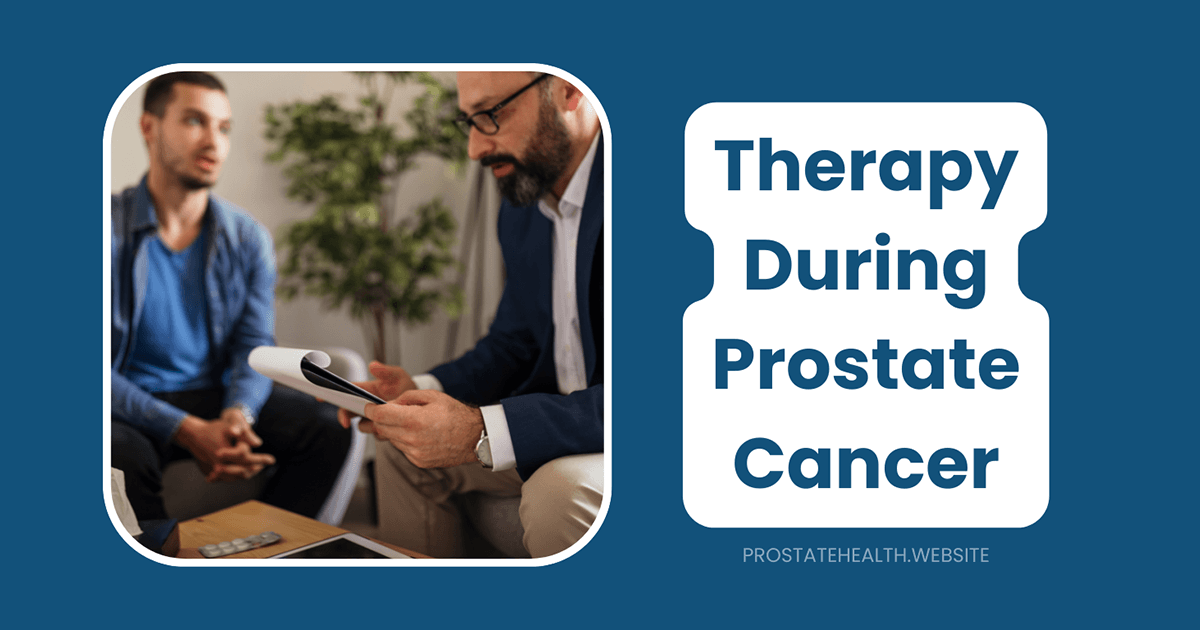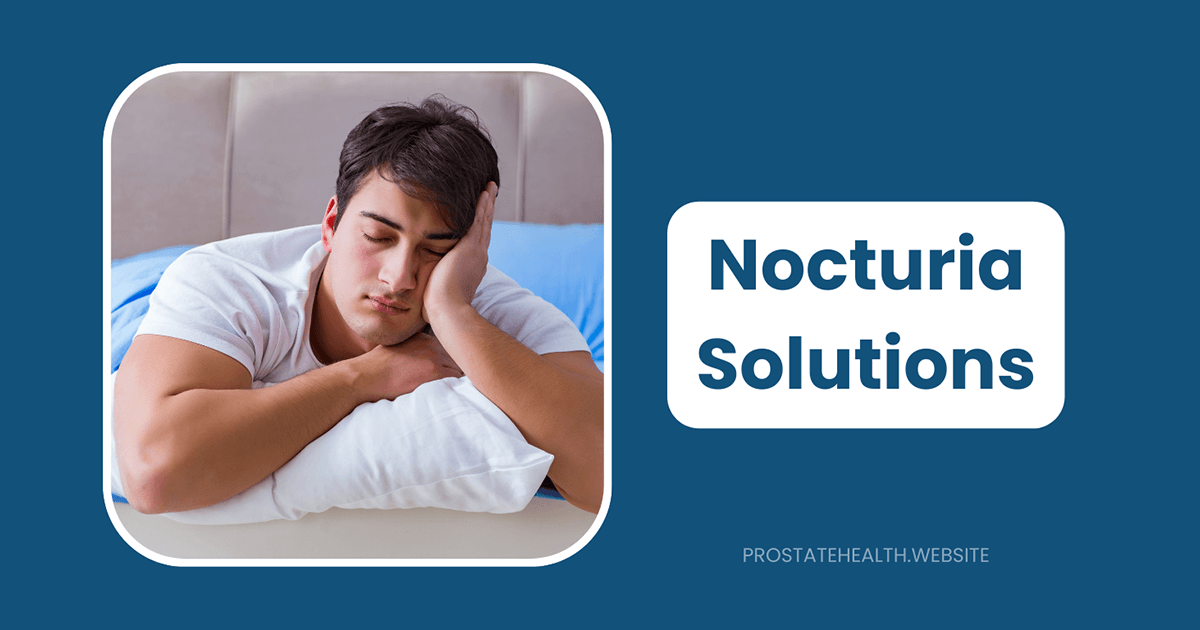Vacuum Devices and Other Non-Medication ED Treatments
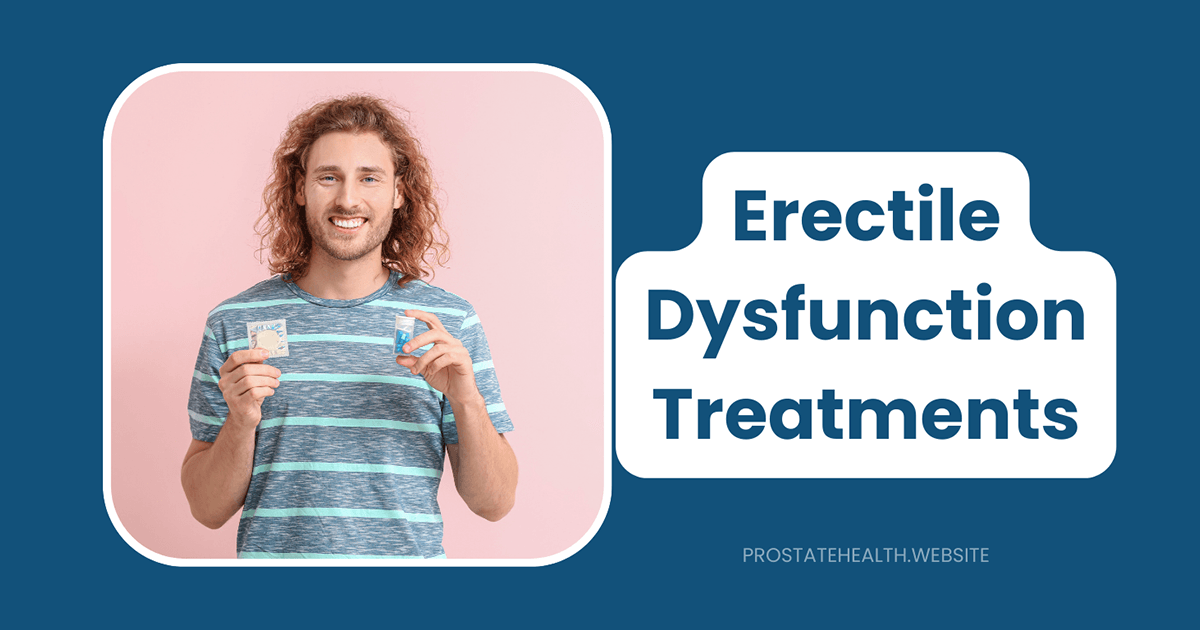
When Mark, 62, discovered that his erectile dysfunction (ED) medications weren’t working well after prostate surgery, he felt discouraged. “I thought that was the end of my sex life,” he recalls. “Then my urologist mentioned vacuum devices and other non-medication options. It opened up a whole new world of possibilities.”
Like Mark, many men find that pills aren’t always the answer to erectile dysfunction after prostate cancer treatment. The good news? Several effective non-medication ED treatments can help restore sexual function and confidence. This comprehensive guide explores these options, with a special focus on vacuum erection devices and other approaches that have helped countless men reclaim their intimate lives.
Understanding ED After Prostate Treatment
Before diving into treatments, it’s important to understand why erectile dysfunction is so common after prostate cancer therapy:
- Radical prostatectomy can damage nerves and blood vessels crucial for erections, with up to 85% of men reporting at least temporary ED after surgery
- Radiation therapy gradually affects erectile tissue, with about 50% of patients developing ED over time
- Hormone therapy reduces testosterone, which can diminish sexual desire and function
Dr. James Wilson, urologist at Memorial Sloan Kettering Cancer Center, explains: “The physical mechanisms of erection are disrupted by most prostate cancer treatments. While nerve-sparing techniques have improved outcomes, most men still need some form of assistance, at least temporarily.”
Vacuum Erection Devices (VEDs): How They Work
Vacuum erection devices (VEDs), sometimes called penis pumps, are among the most widely used non-medication treatments for ED. They work through a simple but effective mechanical process:
- A plastic cylinder is placed over the penis
- A pump (either manual or battery-operated) creates negative pressure (vacuum) inside the cylinder
- This vacuum draws blood into the penis, creating an erection
- Once erect, a constriction ring is placed at the base of the penis to maintain the erection
- The cylinder is removed, and the erection can be maintained for up to 30 minutes
“The first time I used it felt a bit awkward,” admits Robert, 58, who began using a VED six months after prostate surgery. “But after a few tries, it became part of our routine. My wife and I actually laugh about it now—it’s just another step in our intimacy.”
Effectiveness of VEDs
Research shows that vacuum devices are remarkably effective:
- Studies indicate that VEDs improve erectile function in 84-95% of patients
- Approximately 80% of men find VEDs successful for achieving erections
- Between 65-83% report satisfaction with VEDs as a treatment option
Benefits Beyond Erections
Vacuum devices offer several advantages beyond just creating erections:
Penile Rehabilitation
Research published in 2015 found that VEDs play a crucial role in penile rehabilitation after prostate surgery:
- Early use (starting one month after surgery) helps preserve penile length
- Regular use improves blood flow to penile tissues, preventing fibrosis
- Only 3% of men who used VEDs consistently experienced significant penile shortening, compared to 48% in control groups
Cost-Effectiveness
Unlike medications that require ongoing prescriptions, VEDs involve a one-time purchase:
- Most quality devices cost between $200-$500
- No recurring prescription costs
- Many insurance plans provide partial coverage
- Devices typically last for several years with proper care
Potential Drawbacks
VEDs aren’t perfect for everyone. Common concerns include:
- Lack of spontaneity: The process takes time and planning
- Unnatural feeling: Some men report the erection feels different from a natural one
- Discomfort: The constriction ring can cause mild discomfort for some users
- Temperature changes: Restricted blood flow can make the penis feel cooler to the touch
- Bruising: Improper use can cause minor bruising or petechiae (small red spots)
“The biggest adjustment was the planning aspect,” says Thomas, 65. “But we’ve incorporated it into foreplay, which actually improved our communication about intimacy.”
Tips for Successful VED Use
For best results with vacuum devices:
- Follow instructions carefully: Proper technique improves results and reduces side effects
- Use adequate lubricant: Apply water-based lubricant to the base of the penis and the rim of the cylinder for a proper seal
- Practice alone first: Become comfortable with the device before using it with a partner
- Be patient: It may take several attempts to find the right pressure and technique
- Don’t exceed 30 minutes: Remove the constriction ring after this time to prevent tissue damage
- Incorporate into intimacy: Make the device part of your sexual routine rather than a clinical interruption
Penile Injections: A Powerful Alternative
For men who don’t respond to VEDs or prefer a different approach, penile injections offer another effective non-medication option.
How Injections Work
Medications like alprostadil, papaverine, and phentolamine can be injected directly into the side of the penis using a very fine needle. These drugs:
- Relax smooth muscle tissue in penile blood vessels
- Increase blood flow to create an erection
- Work within 5-15 minutes
- Provide erections lasting 30-60 minutes
- Can be effective even when oral medications fail
“The idea of an injection was intimidating at first,” admits Carlos, 59. “But the needle is tiny, and the discomfort is minimal—much less than I expected. The results were worth it.”
Effectiveness and Considerations:
- Success rates of 80-90% have been reported
- Most men report minimal pain (1-2 on a 10-point scale)
- Side effects can include bruising, prolonged erection (priapism), or scarring with long-term use
- Requires a prescription and training from a healthcare provider
- Not recommended for men on blood thinners or with certain bleeding disorders
Intraurethral Suppositories (MUSE)
For men who want the effectiveness of alprostadil without injections, intraurethral suppositories offer an alternative:
- A tiny medicated pellet is inserted into the urethra using an applicator
- The medication is absorbed through the urethral lining
- Erection typically occurs within 5-10 minutes
- Effects last approximately 30-60 minutes
“I couldn’t get past the idea of injections,” says William, 70. “The suppository method was much more comfortable for me psychologically, and it works well for my needs.”
Effectiveness and Considerations:
- Success rates of 30-65% have been reported
- Some men experience mild urethral burning or aching
- Not recommended for men whose partners are pregnant unless using condoms
- Requires a prescription
Penile Implants: A Permanent Solution
For men seeking a long-term solution, especially when other treatments have failed, penile implants (prostheses) offer a permanent option.
Types of Implants
Inflatable Implants
The most common type, inflatable implants include:
- Two or three pieces (cylinders, pump, and reservoir)
- Cylinders implanted in the penis
- A pump placed in the scrotum
- A reservoir of saline solution placed in the lower abdomen
- The ability to inflate for sexual activity and deflate when not in use
Malleable (Semi-Rigid) Implants
A simpler option consisting of:
- Bendable rods implanted within the erection chambers
- Always firm but can be positioned up or down
- Less complex but more obvious in clothing
Effectiveness and Satisfaction
Penile implants have impressive outcomes:
- Studies show that 86.8% of patients report satisfaction with their implants
- Many implants last 10-15 years before needing replacement
- Provides spontaneity not available with other treatments
- Preserves normal sensation, orgasm, and ejaculation (if present before surgery)
“After trying everything else, I opted for an implant five years ago,” shares Richard, 68. “It’s been life-changing. My wife and I can be spontaneous again, and there’s no awkward preparation or waiting.”
Considerations for Implants
- Requires surgical procedure with recovery time of 4-6 weeks
- Permanent (natural erections no longer possible)
- Small risk of infection or mechanical failure
- Most expensive option initially, though potentially cost-effective long-term
- Not typically considered until other options have been tried
Emerging Technologies: Low-Intensity Shockwave Therapy
A newer approach gaining attention is low-intensity extracorporeal shockwave therapy (LI-ESWT):
How It Works
- Uses low-energy shock waves directed at various areas of the penis
- May stimulate growth of new blood vessels (neovascularization)
- Typically involves multiple sessions over several weeks
- Non-invasive with minimal side effects
Current Status
While promising, it’s important to note:
- Still considered experimental by many medical organizations
- The American Urological Association recommends it only be used in clinical trials
- Not FDA-approved specifically for ED treatment
- Costs range from $400-$500 per treatment, typically not covered by insurance
- Results may take 1-3 months to become apparent
“I participated in a clinical trial for shockwave therapy,” says Michael, 55. “I noticed modest improvements after about two months. It wasn’t a complete solution for me, but it did help when combined with other approaches.”
Combination Approaches: Maximizing Success
Many specialists now recommend combining treatments for better results:
- VED use alongside oral medications
- Regular VED use for penile rehabilitation plus injections for sexual activity
- Shockwave therapy followed by oral medications
- Psychological counseling alongside physical treatments
Dr. Sarah Chen, sexual medicine specialist, explains: “We often see the best outcomes when patients use a multi-modal approach. For example, daily VED use to maintain penile health combined with injections for sexual encounters can be very effective.”
Lifestyle Modifications to Enhance Treatment Success
Non-medication treatments work best when supported by healthy lifestyle choices:
Physical Activity
- Regular exercise improves blood flow and cardiovascular health
- Pelvic floor exercises can enhance erectile function
- Even walking 30 minutes daily can improve erectile function
Dietary Considerations
- Mediterranean diet supports vascular health
- Reducing processed foods and sugar improves circulation
- Limiting alcohol consumption enhances sexual response
Stress Management
- Chronic stress contributes to ED
- Mindfulness practices can reduce anxiety about sexual performance
- Adequate sleep improves overall sexual health
Making Your Decision: Factors to Consider
When choosing among non-medication ED treatments, consider:
Physical Factors
- Severity of your ED
- Cause of your ED (surgical, radiation, etc.)
- Other health conditions
- Manual dexterity (for devices or injections)
Personal Preferences
- Comfort with different approaches
- Desire for spontaneity
- Partner’s input and preferences
- Cost considerations
Treatment Goals
- Occasional vs. regular sexual activity
- Penile rehabilitation vs. immediate function
- Short-term solution vs. long-term approach
Partner Involvement and Communication
Partners play a crucial role in successful ED treatment:
- Open communication about expectations and preferences
- Involvement in decision-making about treatment options
- Participation in device use when appropriate
- Patience during the adjustment period
“My wife’s support made all the difference,” says James, 64. “She researched options with me, came to appointments, and helped me stay positive when the first treatment we tried didn’t work. We found our solution together.”
Getting Started: Next Steps
Ready to explore non-medication ED treatments? Here’s how to begin:
- Consult a specialist: Urologists or sexual medicine physicians have the most experience with these treatments
- Be honest about your goals: Clear communication helps your provider recommend appropriate options
- Ask about trials: Some clinics offer trial periods with devices before purchase
- Check insurance coverage: Coverage varies widely for different treatments
- Consider support groups: Connecting with others who have used these treatments can provide valuable insights
Resources for Further Information
For additional support and information:
- Sexual Medicine Society of North America – Professional organization with patient resources
- Us TOO International – Prostate cancer support network with ED resources
- American Urological Association – Patient education materials
Conclusion: Finding Your Path Forward
Erectile dysfunction after prostate cancer treatment presents challenges, but the range of non-medication options means there’s likely a solution that works for you. From vacuum devices to implants, these approaches have helped countless men reclaim satisfying intimate lives.
As Mark, whom we met at the beginning of this article, reflects: “Finding the right treatment took some trial and error, but it was worth the effort. My advice to other men is don’t give up, be open to different approaches, and involve your partner in the journey. There’s life—and intimacy—after prostate cancer.”

